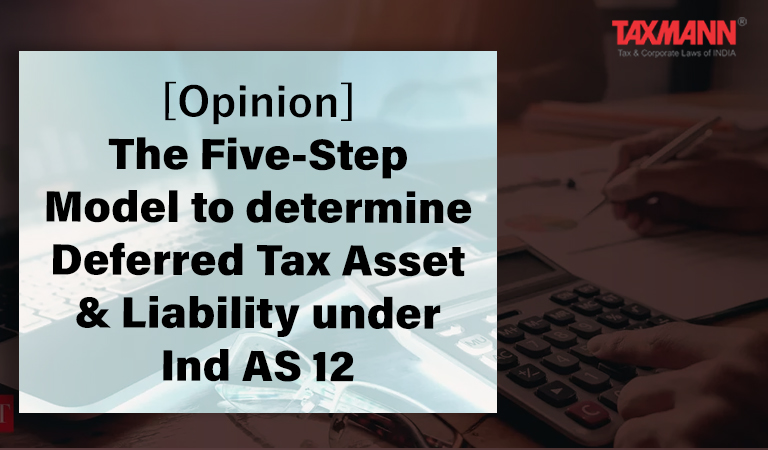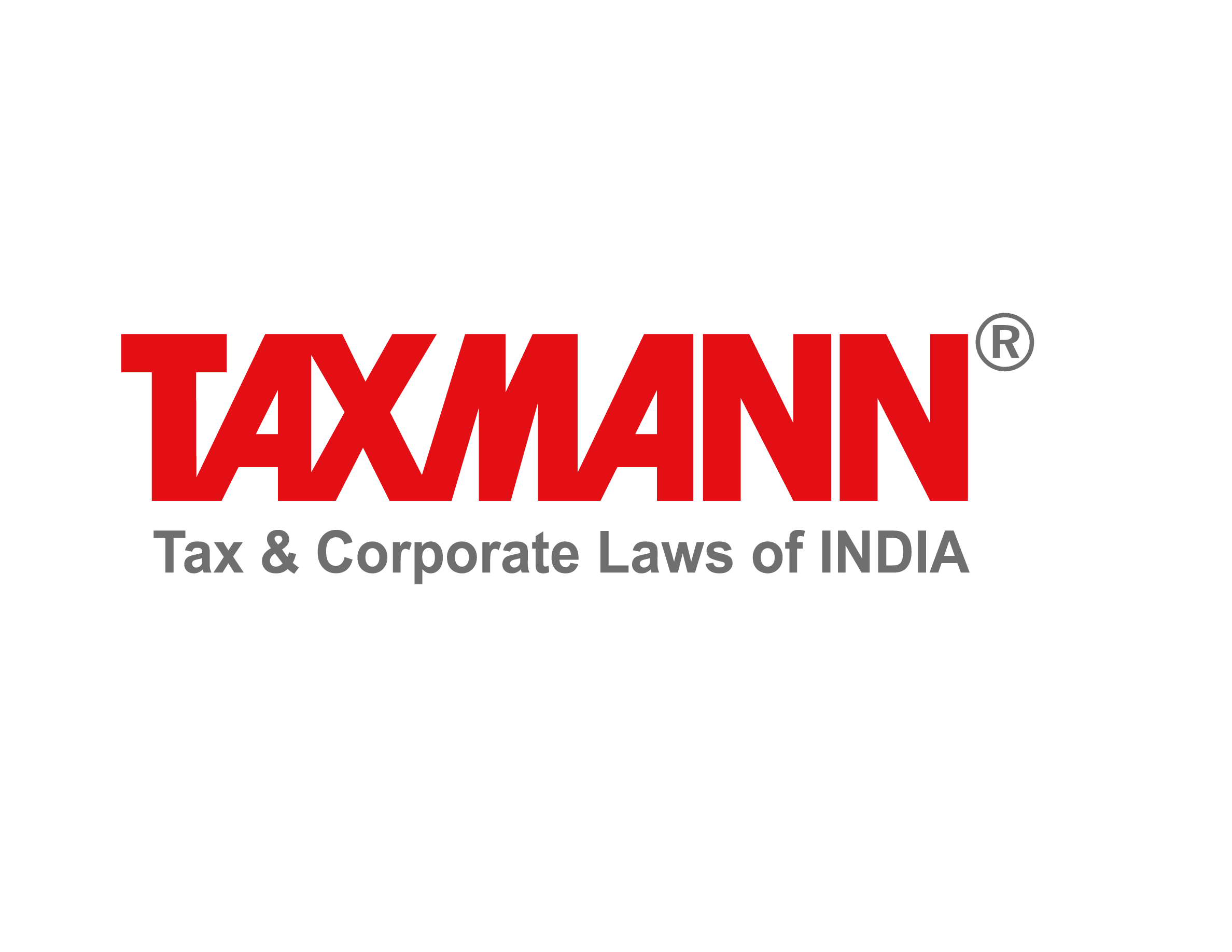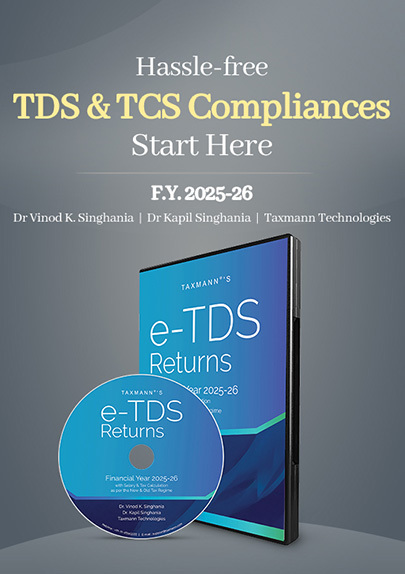[Opinion] The Five-Step Model to determine Deferred Tax Asset & Liability under Ind AS 12
- Blog|News|Account & Audit|
- 2 Min Read
- By Taxmann
- |
- Last Updated on 10 October, 2022

Abstract
The implementation of Indian accounting standards, or Ind AS, in India during the year (2016–17), is still in its very early stages. As on date, the Ministry of Corporate Affairs (MCA) has notified 40 Ind AS. One of them is Ind AS12, the only instance of an Ind AS that addresses income tax. Income taxes can be a current or deferred tax, which can be an expense or an income. To be more precise, it also deals with deferred tax assets and liabilities. The article uses a five-step model to determine the deferred tax asset and liability in a straightforward manner, with both a theoretical and practical approach. The balance sheet provides an insolvency professional with information about the company’s financial situation at a particular time. Ind AS12 follows the balance sheet approach.
Introduction
Ind AS12 deals with deferred tax assets and liabilities. Ind AS12 is based on the balance sheet approach. The difference between the profit as per financial statements and the profit calculated as per Income Tax laws is one of the main reasons for introducing this standard. Why differences?
a. The accrual basis is followed for calculating the income (loss), whereas tax law does not follow the accrual system of accounting for all expenses and revenue.
b. Tax laws allow more depreciation than accounting principles.
c. Provision for expenses is accounted for on an accrual basis in accounting, whereas in tax, these expenses are allowed only on a cash basis by the tax authority.
The Five-Step Model:
STEP 1:
Calculate the book value, which is the carrying amount, accordingly using respective Ind AS of assets and liabilities.
STEP 2:
Calculate the tax base for assets and liabilities.
STEP 3:
Calculate the temporary difference.
STEP 4:
Calculate deferred tax asset (DTA) or calculate deferred tax liability (DTL).
STEP 5:
Recognize it in the profit and loss statement (P&L) or Other Comprehensive Income (OCI) or Statement of Change in Equity (SOCIE), as the case may be.
Click Here To Read The Full Article
Disclaimer: The content/information published on the website is only for general information of the user and shall not be construed as legal advice. While the Taxmann has exercised reasonable efforts to ensure the veracity of information/content published, Taxmann shall be under no liability in any manner whatsoever for incorrect information, if any.

Taxmann Publications has a dedicated in-house Research & Editorial Team. This team consists of a team of Chartered Accountants, Company Secretaries, and Lawyers. This team works under the guidance and supervision of editor-in-chief Mr Rakesh Bhargava.
The Research and Editorial Team is responsible for developing reliable and accurate content for the readers. The team follows the six-sigma approach to achieve the benchmark of zero error in its publications and research platforms. The team ensures that the following publication guidelines are thoroughly followed while developing the content:
- The statutory material is obtained only from the authorized and reliable sources
- All the latest developments in the judicial and legislative fields are covered
- Prepare the analytical write-ups on current, controversial, and important issues to help the readers to understand the concept and its implications
- Every content published by Taxmann is complete, accurate and lucid
- All evidence-based statements are supported with proper reference to Section, Circular No., Notification No. or citations
- The golden rules of grammar, style and consistency are thoroughly followed
- Font and size that’s easy to read and remain consistent across all imprint and digital publications are applied



 CA | CS | CMA
CA | CS | CMA
